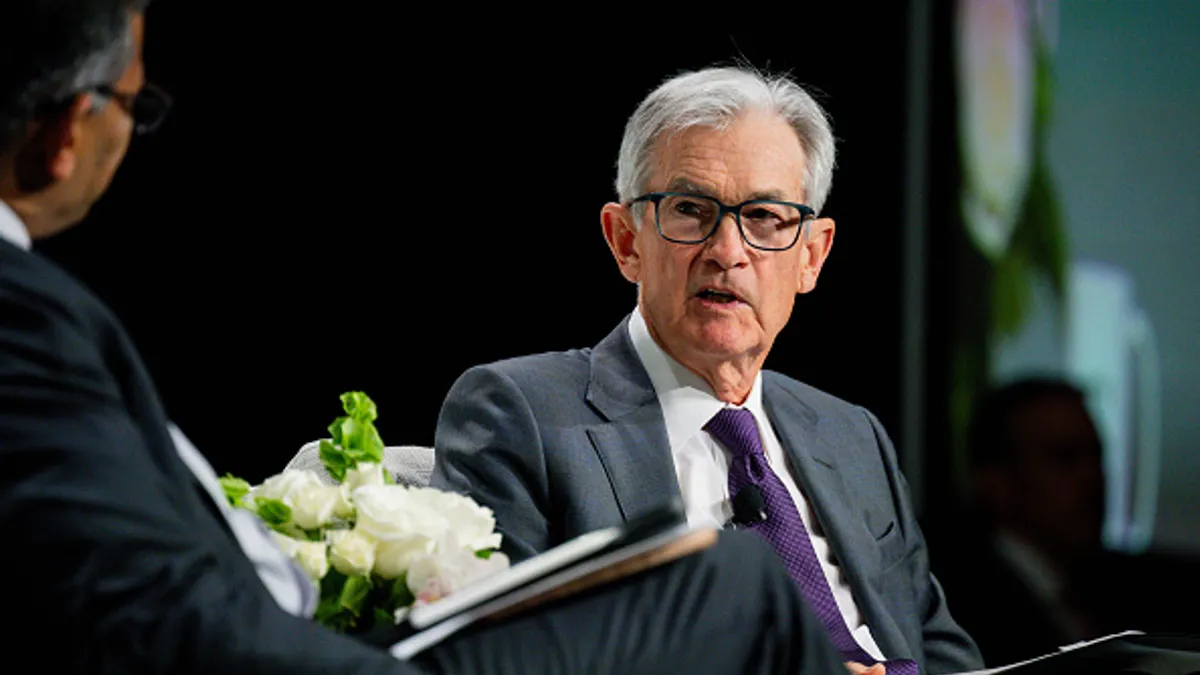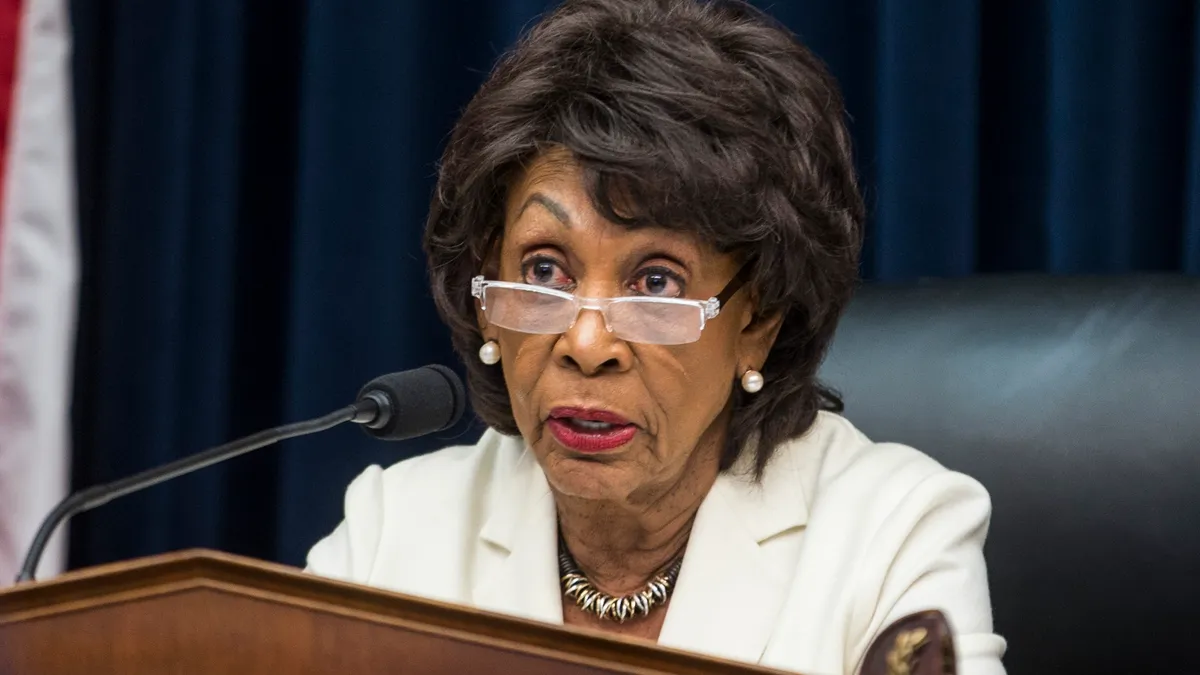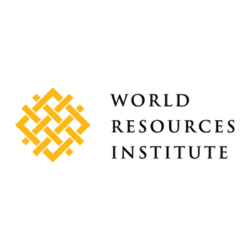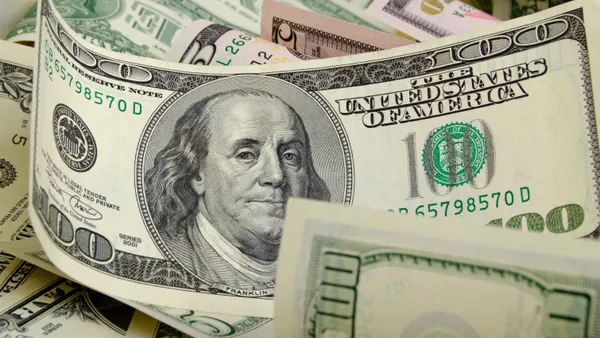Dive Brief:
- The Federal Reserve on Wednesday held the benchmark interest rate at a range between 4.25% and 4.5% while warning of rising risks to inflation and unemployment and increasing uncertainty in the economic outlook.
- Policymakers, in a unanimous decision, affirmed their wait-and-see approach to monetary policy after flagging for several weeks the hard-to-predict economic impact from Trump administration tariffs and shifts in fiscal, regulatory and immigration policies.
- “If the large increases in tariffs that have been announced are sustained, they're likely to generate a rise in inflation, a slowdown in economic growth and an increase in unemployment,” Fed Chair Jerome Powell said during a press conference. “My gut tells me that uncertainty about the path of the economy is extremely elevated and that the downside risks have increased.”
Dive Insight:
Since Fed officials last met in March, President Donald Trump has enacted 10% tariffs against virtually every U.S. trading partner — as well as 145% duties on imports from China — and targeted levies on aluminum, steel and autos.
The build-up to Trump’s tariff barrage in early April has so far elicited mixed data. Although the economy shrank 0.3% during the first quarter, a rush by U.S. companies to front-run the tariffs accounted for much of the contraction.
The Fed’s preferred inflation gauge — the personal consumption expenditures price index minus volatile food and energy prices — fell to 2.6% in March from 3% in February while still exceeding the central bank’s 2% goal.
“The underlying inflation picture is good,” Powell said, “but there is just so much we don’t know.”
“We're in a good position to wait and see,” he said, adding “the economy has been resilient and is doing fairly well … we don’t have to be in a hurry” to alter monetary policy.
Economists and policymakers including Powell have said tariffs will spur at least a temporary rise in price pressures, while noting that the long-term outlook for inflation hinges in large part on consumer and business expectations.
Recent surveys show that business confidence and consumer sentiment have slumped in recent months, in part over concern that tariffs will spur inflation and slow the economy, crimping job growth.
Referring to inflation expectations, Powell said, “survey respondents — including consumers, businesses and professional forecasters — point to tariffs as the driving factor beyond the next year or so.
“However, most measures of longer term expectations remain consistent with our 2% inflation goal,” he said.
The economy has shown signs of slowing. Household spending increased just 1.8% during the first quarter, the slowest rate since Q2 2023.
Also, manufacturing declined in April, falling for the second consecutive month to a level that marks the border between expansion and contraction, the Institute for Supply Management said Thursday.
At the same time, U.S. payrolls rose 177,000 last month, with unemployment holding steady at a historically low 4.2%.
“The unemployment rate remains low and the labor market is at or near maximum employment,” Powell said.
Some of the data may not account for the potential short-term economic disruption from Trump’s April 3 tariff announcement. For example, the information about payroll growth dates from mid-April and likely reflects company hiring decisions in March and February.
After the imposition of tariffs, economists at Citigroup, Goldman Sachs and other organizations raised their estimates for the probability of recession in 2025.
Yet some economists have trimmed the odds of a downturn in recent weeks, noting steady job growth and indications that the U.S. and China will begin trade negotiations.
“We believe in the resilience of the U.S. economy,” Ed Yardeni, president of Yardeni Research, said in a client note Wednesday, trimming the odds of recession to 35% from 45% and noting that Trump faces some urgency in cooling his trade war.
“Trump needs to get past trade issues for the Republicans to keep their majorities in Congress after the midterms,” Yardeni said, referring to November 2026 national balloting.
The president for many weeks has publicly called on Powell to reduce the federal funds rate even though inflation persists above the central bank’s target.
Powell reiterated that the central bank aims to maintain its independence and not bow to pressure from Trump or others to alter monetary policy in any way.
Pressure on policymakers from the president “doesn’t affect our doing our job at all,” Powell said. “We're always going to consider only the economic data, the outlook, the balance of risks and that's it, that's all we're going to consider.”
Editor’s note: This is an update of an earlier story.















